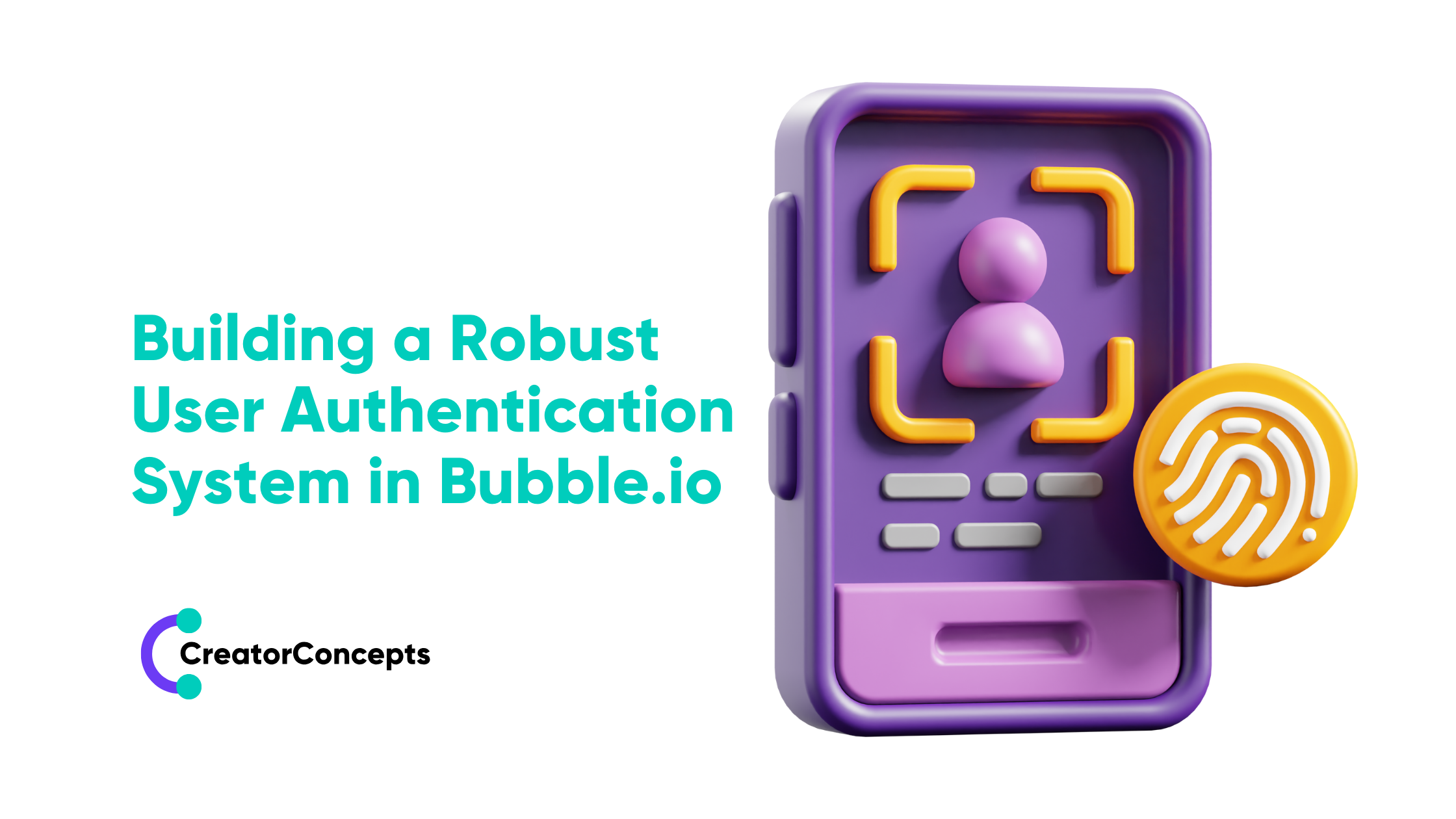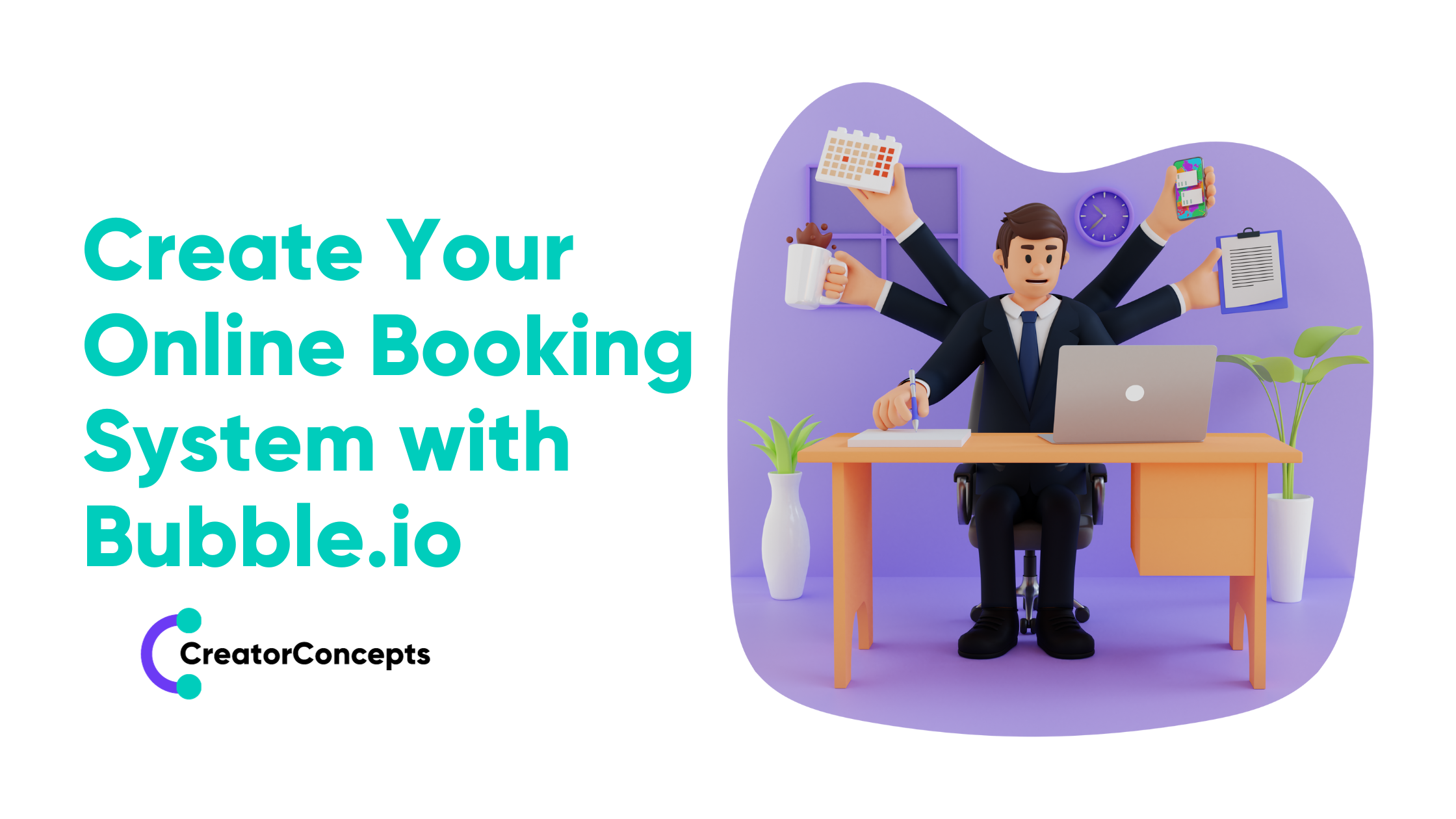Building Custom Search Functionality in Bubble.io Apps
A powerful search feature is increasingly crucial for applications that aim to engage users, enhance usability, and deliver a seamless user experience. Custom search functionality enables users to navigate through an app with ease, find the information they need, and satisfy their intents effectively. As Bubble.io developers, we understand the significance of incorporating streamlined search features into your web and mobile applications, tailored specifically to your app's needs and user preferences. In this tutorial, we will guide you through the process of creating custom search functionality in Bubble.io that facilitates user satisfaction and improves overall app engagement.
Bubble.io is an incredibly flexible no-code platform that allows developers to build advanced search features without the need for extensive coding knowledge. Combining the power of Bubble.io's built-in search functionality, plugins, and workflows, we can create compelling search tools that cater to your application's unique requirements. Our expertise in Bubble app development will ensure your search feature is not only powerful but also easy to manage, maintain, and scale as your app grows.
By the end of this tutorial, you will be well-equipped to build custom search functionality in your Bubble.io app that elevates your app's user experience, increases user engagement, and ultimately contributes to the success of your MVP or production-ready application. Are you ready to create a tailored search experience for your app users? Let's get started!
1: Planning Your Search Feature
Before embarking on building your custom search functionality in Bubble.io, it is essential first to plan and outline your search objectives, identify user intents, and determine the desired search functionality. This initial planning phase ensures a solid foundation for a powerful, tailored search experience that caters to your app's users.
a. Define Your Search Objectives
Start by understanding the purpose of your search feature. What are you trying to achieve with it? Establishing clear objectives helps guide the design and implementation of your custom search functionality, ensuring a smooth and effective user experience.
b. Identify User Intents
By understanding the primary intents of your app's users when they use the search feature, you can better cater to their needs and develop a search experience that connects users with the information they desire swiftly and accurately. Conduct user research or analyse existing user behaviour data to pinpoint these intents.
c. Outline Your Desired Search Functionality
With your objectives and user intents identified, begin outlining the desired functionality of your search feature. Consider aspects such as search filters, sorting options, and search query types (e.g. natural language, Boolean, or keyword-based). Additionally, think about integrating autocomplete, keyword highlighting, or other enhancements to improve the user experience.
2: Using Bubble.io's Built-In Search Functionality
Bubble.io provides developers with built-in search functionality that can handle a wide range of search use cases. By utilising these native capabilities, you can quickly build the foundation of your custom search feature.
Perform Queries and Display Results
Bubble.io's visual programming interface allows you to create search workflows without writing code. Use the "Do a search for…" expression to query the database and retrieve relevant records based on user input. Customize this expression with multiple constraints to narrow down search results.
To display these results, employ a Repeating Group element, which can dynamically generate a list of items based on search outcomes. Configure the Repeating Group's data source to be the "Do a search for…" expression, ensuring that the results display as expected.
3: Implementing Advanced Filters and Sorting
Advanced search filters and sorting options enable users to refine their search experience on your Bubble.io app, ensuring they find the most relevant information quickly and efficiently. By catering to user preferences and intents, you can build a more sophisticated search feature that enhances usability and user satisfaction.
a. Build Dynamic Filters
To create dynamic search filters in Bubble.io, utilise Input or Dropdown elements to allow users to specify search criteria from a list or by inputting their values. Modify the "Do a search for…" expression used in the previous step to include these filter values as additional constraints.
In the case of complex filters that depend on multiple constraints and logic, you can employ Bubble.io's Advanced feature within the constraints area, allowing you to string together filtering rules with "and" or "or" logical operators.
b. Implement Sorting Options
To enable users to organise their search results based on either ascending or descending criteria, integrate sorting options in your search feature. In Bubble.io, you can achieve this by leveraging the "sorted by" keyword alongside the "Do a search for…" expression. This allows you to sort results based on specific fields or even calculated values.
4: Enhancing Search with Plugins
Bubble.io offers a wide range of plugins that can significantly enhance your app's custom search functionality. These plugins provide advanced capabilities that aid users in their search experience, such as autocomplete, keyword highlighting, and more.
- Fuzzy Search: This plugin enables search result ranking according to how closely the results match the user's query. Fuzzy Search can be useful when your app deals with an extensive database, making it a powerful enhancement to your custom search feature.
- Autocomplete Dropdown: Add an autocomplete feature to your app's search input, suggesting search queries based on user input and database records. Autocomplete enhances the user experience by providing search suggestions that can save time and help users find relevant results.
- Keyword Highlighter: Help users identify essential terms within search results by highlighting the matching keywords in a contrasting colour. The Keyword Highlighter plugin provides this option, allowing users to grasp the relevance of returned items at a glance.
5: Optimising Your Search for Performance
A high-performing search feature is crucial to ensure a seamless user experience in your Bubble.io app. By employing several strategies to improve search speed, responsiveness, and accuracy, you can build a search feature that meets and exceeds user expectations.
a. Pagination
Introduce pagination to limit the number of search results displayed at once and reduce the loading time for large data sets. Divide search results into smaller groups that users can navigate quickly and efficiently.
b. Indexing Data
Index crucial attributes and fields used in search queries for faster search performance. This can be achieved through database architecture and maintenance, ensuring that search queries can quickly access indexed data points.
c. Test and Monitor
Regularly test and monitor your search feature's performance to identify issues and bottlenecks. Employ Bubble.io's built-in debugging tools to diagnose performance problems and implement solutions to sustain a high-performing search experience.
Conclusion
By following this comprehensive guide, you have now become well-equipped to build custom search functionality in Bubble.io that not only caters to your application's unique needs but also delivers an engaging, tailored search experience to users. By leveraging the power of Bubble.io, plugins, and best practices, you can create a search feature that elevates your MVP or production-ready app, driving user engagement, and satisfaction. If you need further assistance in implementing advanced, engaging search features, reach out to our team of Bubble developers – we're here to help!
 By
By


